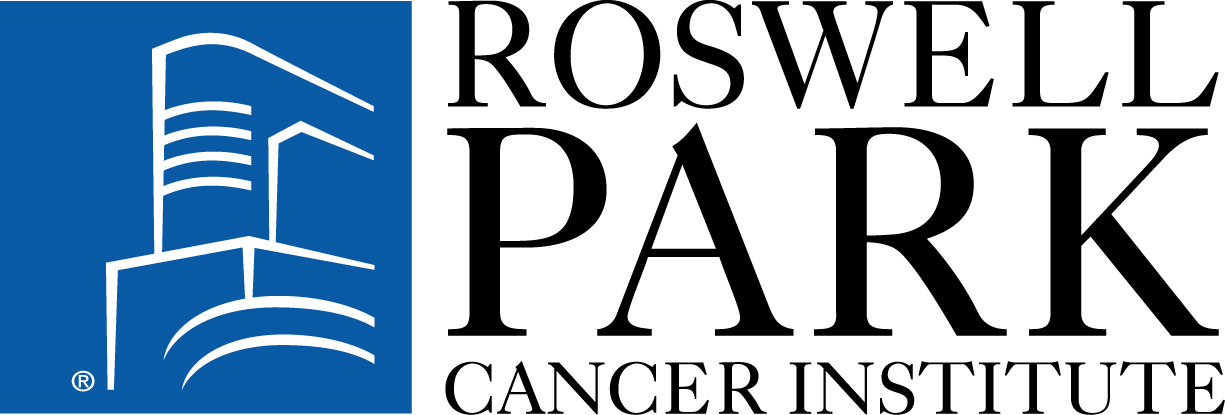Photodynamic Therapy Using HPPH in Treating Patients Undergoing Surgery for Primary or Recurrent Head and Neck Cancer
| Status: | Completed |
|---|---|
| Conditions: | Skin Cancer, Cancer, Endocrine |
| Therapuetic Areas: | Endocrinology, Oncology |
| Healthy: | No |
| Age Range: | 18 - Any |
| Updated: | 10/7/2018 |
| Start Date: | October 19, 2006 |
| End Date: | August 30, 2018 |
A Phase I Study of Surgery Plus Intraoperative Photodynamic Therapy (PDT) in Patients With Resectable, Primary or Recurrent Head and Neck Cancer
This phase I trial studies the side effects and best dose of photodynamic therapy using HPPH
in treating patients who are undergoing surgery for primary or recurrent head and neck
cancer. Photodynamic therapy (PDT) uses a drug, such as HPPH, that becomes active when it is
exposed to a certain kind of light. When the drug is active, tumor cells are killed. Giving
photodynamic therapy after surgery may kill any tumor cells that remain after surgery.
in treating patients who are undergoing surgery for primary or recurrent head and neck
cancer. Photodynamic therapy (PDT) uses a drug, such as HPPH, that becomes active when it is
exposed to a certain kind of light. When the drug is active, tumor cells are killed. Giving
photodynamic therapy after surgery may kill any tumor cells that remain after surgery.
PRIMARY OBJECTIVES:
I. Identifying the maximum tolerated dose (MTD) of PDT among 4 investigated light dose levels
(30, 50, 60 and 75) in combination with surgery in patients with recurrent or primary head
and neck cancers.
SECONDARY OBJECTIVES:
I. To make initial observations of efficacy (i.e., tumor recurrence rate) of adjuvant PDT in
these patients.
II. To determine the HPPH uptake and distribution (when feasible) in recurrent resected
specimens.
III. Observe for wound complications.
OUTLINE: This is a dose-escalation study of laser light.
Patients receive HPPH intravenously (IV) over 1 hour on day 1. Patients undergo surgery
followed by laser light exposure to the entire tumor bed on day 2.
After the completion of study treatment, patients are followed up at 1 and 3 months and then
periodically thereafter at the discretion of the treating physician.
I. Identifying the maximum tolerated dose (MTD) of PDT among 4 investigated light dose levels
(30, 50, 60 and 75) in combination with surgery in patients with recurrent or primary head
and neck cancers.
SECONDARY OBJECTIVES:
I. To make initial observations of efficacy (i.e., tumor recurrence rate) of adjuvant PDT in
these patients.
II. To determine the HPPH uptake and distribution (when feasible) in recurrent resected
specimens.
III. Observe for wound complications.
OUTLINE: This is a dose-escalation study of laser light.
Patients receive HPPH intravenously (IV) over 1 hour on day 1. Patients undergo surgery
followed by laser light exposure to the entire tumor bed on day 2.
After the completion of study treatment, patients are followed up at 1 and 3 months and then
periodically thereafter at the discretion of the treating physician.
Inclusion Criteria:
- Patients with resectable primary or recurrent head and neck squamous cell carcinomas
(HNSCC) who are undergoing surgery to resect the cancer; (operable patients whose
disease can be removed surgically with the expectation of clear margins, without
compromising vital structures, i.e. respectability is individually determined by the
surgeon and is based on anatomic extent of disease as well as technical ability of the
operator)
- Female patients must not be pregnant (documented by human chorionic gonadotropin [HCG]
test) and must be practicing a medically acceptable form of birth control, be sterile
or post-menopausal
- Patients must have an Eastern Cooperative Oncology Group (ECOG) performance status of
0-2
- Patients must sign an informed consent according to Food and Drug Administration (FDA)
guidelines acceptable to the Roswell Park Cancer Institute (RPCI) Institutional Review
Board (IRB)
- No radiation therapy, chemotherapy or other biological therapy for at least 30 days
prior to PDT
Exclusion Criteria:
- Patients with unresectable tumors
- Porphyria or hypersensitivity to porphyrin or porphyrin-like compounds
- White blood cell (WBC) < 4,000
- Platelet count < 100,000
- Prothrombin time 1.5 times above the upper normal limit
- Total serum bilirubin > 2.0 mg/d
- Serum creatinine > 2 mg%
- Alkaline phosphatase (hepatic) > 3 times the upper normal limit
- Serum glutamic oxaloacetic transaminase (SGOT) > 3 times the upper normal limit
- Patients on concurrent chemotherapy or radiation therapy will be excluded
- Patients who have received radiation therapy, chemotherapy or other biological therapy
during the past 30 days
- Has not recovered from toxicity of prior therapy
We found this trial at
1
site
Roswell Park Cancer Institute Welcome to Roswell Park Cancer Institute (RPCI), America's first cancer center...
Click here to add this to my saved trials
